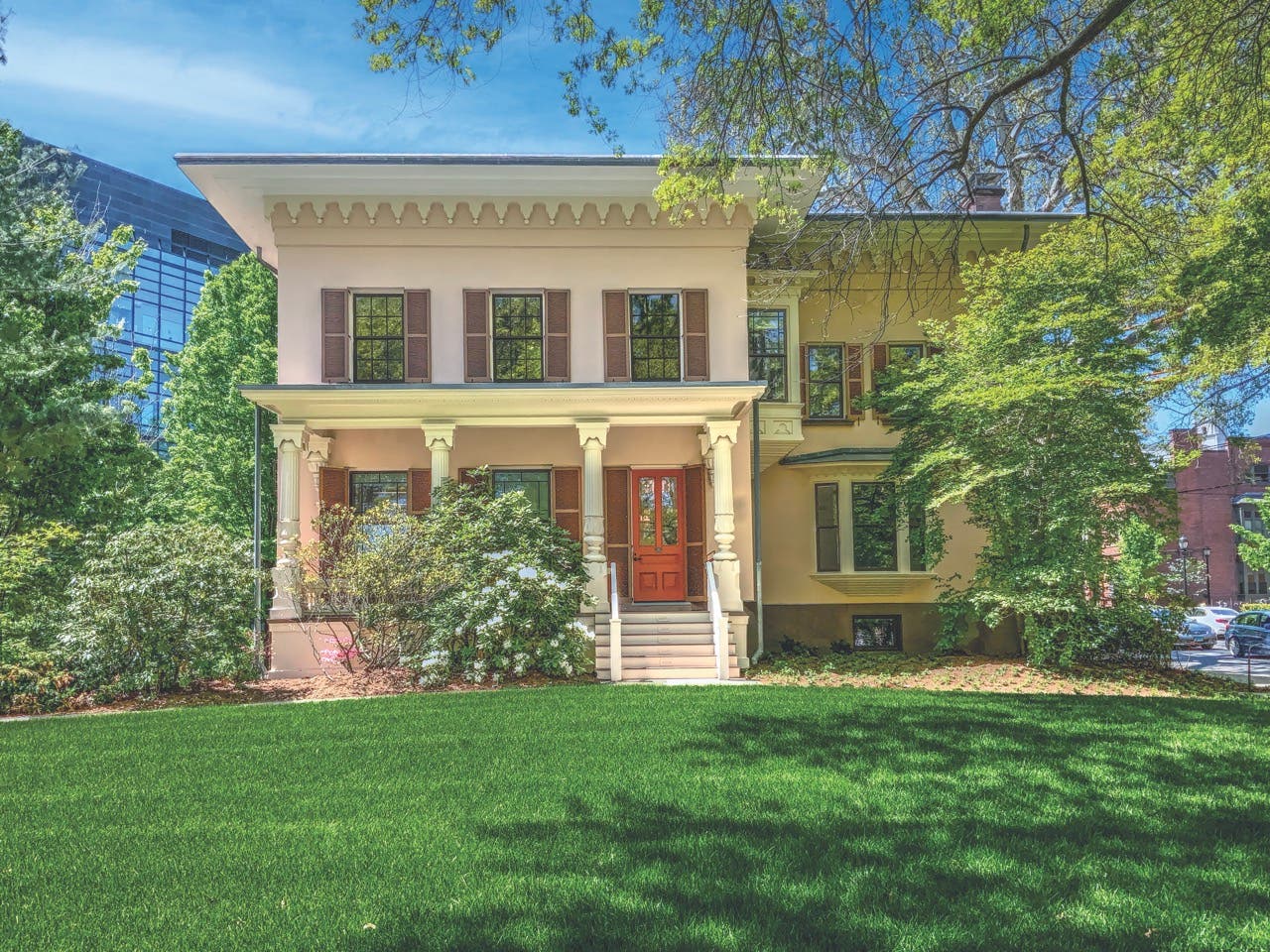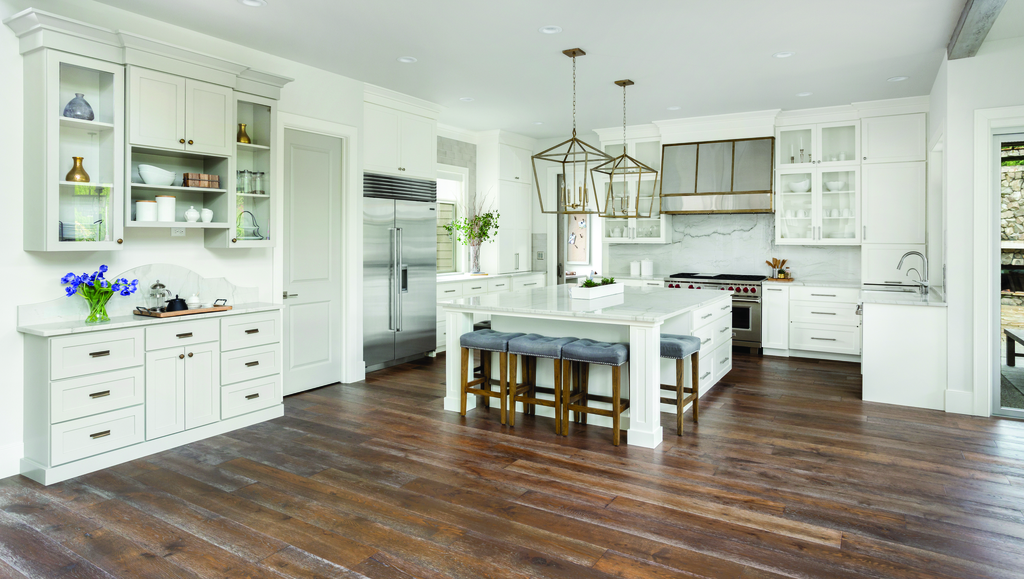
Product Reports
Solid Ground
Historic flooring traditionally has taken a back seat to more pronounced elements of restorations and period-style renovations. But with the correct flooring, what’s underfoot can not only catch the eye but also carry the entire project.
Here are some of the specialist companies that are bringing new attention and distinct design to old floors.
Aalto Marble Inlay
A small custom shop and second-generation family-owned business based in Iowa, Aalto Marble Inlay designs and creates marble and semi-precious stone inlay for residential projects.
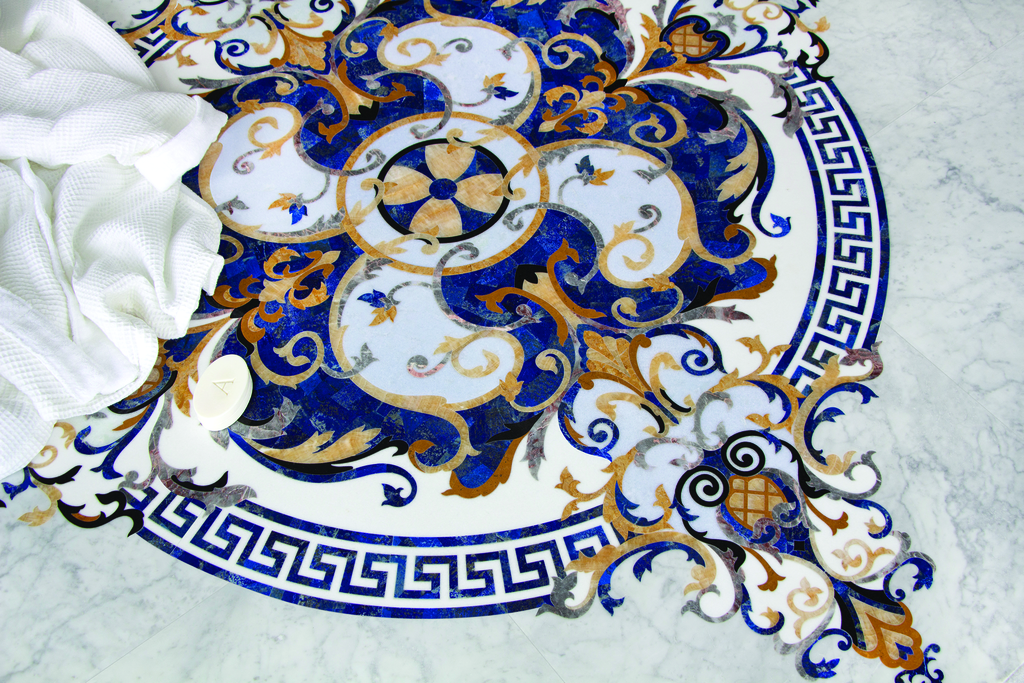
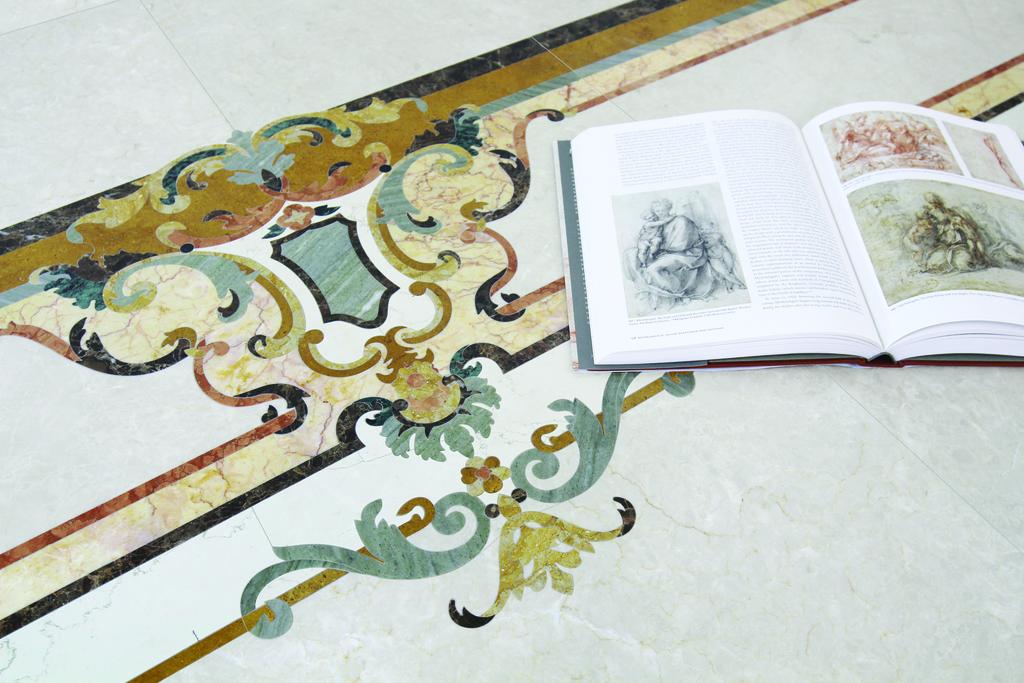
The in-house designs, created in collaboration with clients or from the company’s archives, can incorporate new, natural materials such as quartzite and onyx as well as semi-precious stone, metal, and porcelain.
“The colors and types of stone available now on the market are so varied and expansive that we are always discovering new colors and patterns to utilize in our inlays,” says president Annie Aalto.
Noting that “classical interior and exterior ornamentation is a huge inspiration,” she says that “our designs are not replicas, as in the past this type of marble inlay was used in only a very few types of buildings. We can, however, work from client reference to replicate a historical floor or other interior decorative element or period style.”
She adds that Aalto’s line of medallions, which has two levels of complexities and price points, and its collection of designs are often used as a starting point to customize a specific space and project.
For exterior projects, the company creates inlays of granite, flamed granite or porcelain, stones that are slip-resistant and suitable for a freeze-thaw environment.
The Aalto team—fine artists, graphic artists, and illustrators—creates a color rendering of each design that’s transformed into a shop drawing that shows the exact lines the waterjet will cut. When all the stone is cut, it is laid out on the floor to ensure that it will fit perfectly when installed.
“Viewing tens of thousands of square feet of material over a span of many years allows us to choose material types that are complementary to one another in a predictable manner,” Aalto says. “We can source the materials you require from local vendors or directly from the quarries.”
Carlson’s Barnwood Co.
A re-miller of reclaimed wood into kiln-dried, tongue-and-groove flooring, Carlson’s Barnwood Co. also specializes in “as found” tongue-and-groove flooring from houses and barns that is used in the renovations of period homes.
“We manufacture from reclaimed oak, mixed hardwoods, pine, and fir,” says Lanette Carlson, who along with her husband, Jim, is the owner of the 28-year-old company. “All of the flooring is unique and one of a kind, as no two boards are exactly alike.”
Carlson’s Barnwood, whose showroom is in a mid-1800s house in the countryside of Cambridge, Illinois, also has artisans on staff who create inlay pieces for floors. “One of the new trends in flooring we’re seeing is the use of hard-wax oil on the wood versus polyurethane,” she says, because “more installers are realizing the versatility and longevity of a hard-wax oil finish, especially on a reclaimed floor.”
The company’s flooring has been installed in a number of notable places, including Anthropologie stores and The Liberty Bell.
“We know our woods,” Lanette says. “We can help architects and designers find the wood that fits their project.”
E.T. Moore Manufacturing
The world’s largest producer of vintage heart-pine products, E.T. Moore Manufacturing salvages and re-mills beams from mills and factories that have been torn down and brings the beauty back to the old wood for installation in homes, offices, restaurants, and public buildings.
“Southern longleaf yellow pine is our main target,” says Taylor Moore III, whose father established the Virginia-based company in 1969. “We find this material in large industrial properties on the East Coast built from the 1880s to 1930. We have the in-house capacity to match just about any molding, flooring, beam, or other wooden components in older historical homes.”
E.T. Moore’s products have been installed at a variety of historic sites, including Thomas Jefferson’s Monticello, James Madison’s Montpelier, and Colonial Williamsburg.
“Our inventory is second to none,” Moore says. “It allows us to match existing materials and also helps us achieve one of the industry’s shortest lead times of two to three weeks for most orders.”
Goodwin Co.
The oldest first-generation family-owned and -operated reclaimed wood company, Goodwin Co. specializes in antique heart pine and cypress.
The company, established in 1976, matches antique wood for historic restorations in custom grades or sizes and provides custom stair parts, moldings, or trims to complement the chosen grade. It also makes engineered flooring at its Florida mill.
“All of our materials are carefully kiln dried, quality milled and have well-defined standard grades and are supported by our established technical expertise,” says Carol Goodwin, president and co-founder. “We supply the richest, most beautiful antique pine in the world—in limited supply.”
Tile Source
A specialist in the production and restoration of handmade Victorian, geometric, encaustic, and traditional floor and wall tile, Tile Source traces its origins all the way back to 1870 England. The current company, which is based in South Carolina and was formed in 1996, creates replicas of historic tile designs.
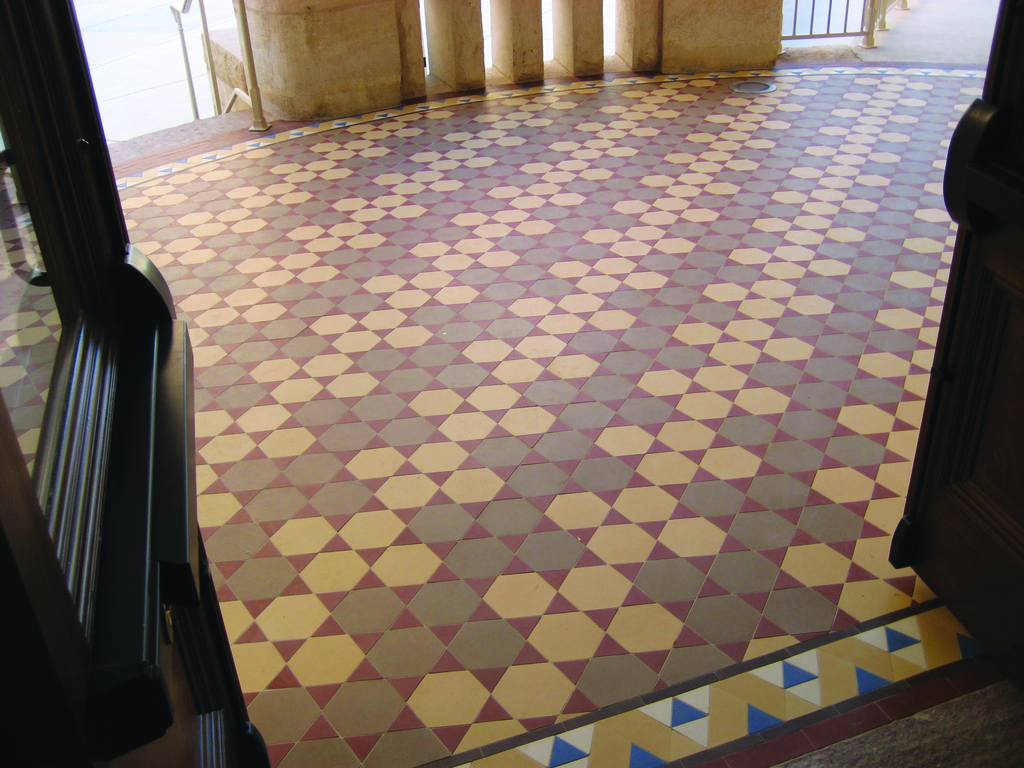
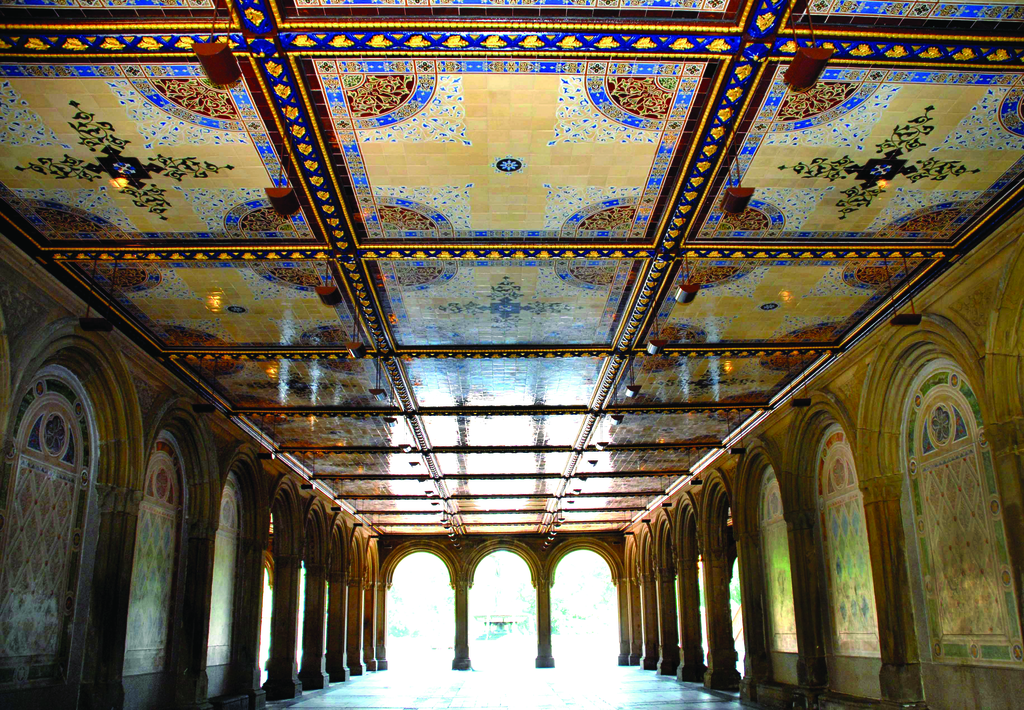
Tile Source has worked on a number of high-profile and historic projects, including ones for The Met, the Quebec Parliament Building, the Texas State Capitol, the Bethesda Fountain in New York City’s Central Park, and the Ottawa Parliament Building.
“We have a large library of field and border designs and encaustic tiles (individual decorated tile or panels of encaustic tiles that make an overall design),” says James Malkin, who with his wife, Anna, co-owns the company. “If we do not have a particular encaustic, we can create a mold to copy it or custom design an encaustic.”
The company’s expertise, he adds, goes far beyond design and production. “We identify the colors, sizes, and decoratives in the floor,” he says. “We liaise with the factory to provide samples and then help work on the amount of tiles needed for the renovation. These field tile patterns can be complex, and combined with intricate borders, there is always a lot of work to do to get it right.”
The clay tiles, he adds, are vitreous, stain-resistant, and very hard wearing: “Once restored, the tiles should last for another 120 years,” he says. TB
Other Key Suppliers
- AE Sampson & Co.
- Appalachian Woods
- Bear Creek Lumber
- Contour Parquet
- Expanko Resilient Flooring
- Sylvan Brandt
- We Cork




